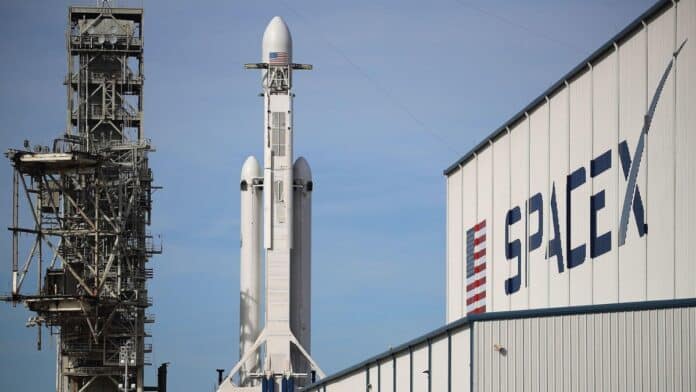In a groundbreaking move, SpaceX successfully launched a South Korean spy satellite, marking a significant development in the ever-evolving landscape of space exploration. The Falcon 9 rocket, a stalwart in SpaceX’s fleet, took off from Vandenberg Space Force Base in California at precisely 1:20 p.m. EST.
The Falcon 9 Launch
The launch itself was a spectacle, showcasing the prowess of Falcon 9 as it embarked on its mission. Vandenberg Space Force Base served as the launch site, adding to the historical significance of the event. The timing, at 1:20 p.m. EST, underscored the precision and planning behind this operation.
Payload Overview
A spy satellite that South Korea’s Agency for Defense Development had commissioned served as the focal point of this mission, demonstrating the country’s dedication to developing its space capabilities. The satellite, part of the ambitious 425 Project, was not alone in its journey. Alongside it were 24 other spacecraft, each with its unique purpose. Notable mentions include Space BD’s ISL48, SITAEL’s microHETSat, D-Orbit’s ION SCV Daring Diego, York Space Systems’ Bane, and PlanetIQ’s GNOMES-4.
North Korea’s Satellite Launch
On November 21, North Korea claimed to have successfully launched a satellite. This was shortly followed by the SpaceX launch. This development has stirred international concerns, leading to condemnation from the United States and several other nations.
International Response
Adrienne Watson, spokesperson for the U.S. National Security Council, strongly criticized North Korea’s actions, labeling the use of ballistic missile technology as “a brazen violation of multiple U.N. Security Council resolutions.” She expressed concerns about the potential destabilization of the security situation in the region and beyond.
Satellite Development
Integral to this space odyssey are the four synthetic aperture radar satellites developed by Thales Alenia Space in collaboration with Aerospace Industries, LTD., and Hanwha Systems Corporation. This collaboration highlights the global effort invested in advancing space technology.
South Korea’s Announcement
The wheels of this operation were set in motion when South Korea announced its satellite launch plans on Nov. 6. Joints Chiefs of Staff spokesman Lee Sung-joon emphasized the vigilance of U.S. and South Korean agencies, anticipating various provocations from North Korea, especially during significant missile anniversaries.
Also Read: Elon Musk’s SpaceX Set to Launch 144 Rockets in Unprecedented Endeavor
Missile Anniversaries
North Korea’s declaration of “Missile Industry Day” on Nov. 18 added an element of anticipation to the entire situation. The possibility of provocations during such milestones kept agencies on high alert.
SpaceX’s Milestone
This mission holds special significance for SpaceX, marking the 17th flight of the first stage booster. The successful landing of the first stage, a routine feat for SpaceX, became a monumental achievement as it notched the 250th landing in the company’s history.
First Stage Landing
The precise landing of the first stage booster further solidified SpaceX’s reputation for reusable rocket technology. Achieving the 250th landing milestone is a testament to the company’s commitment to revolutionizing space travel.

